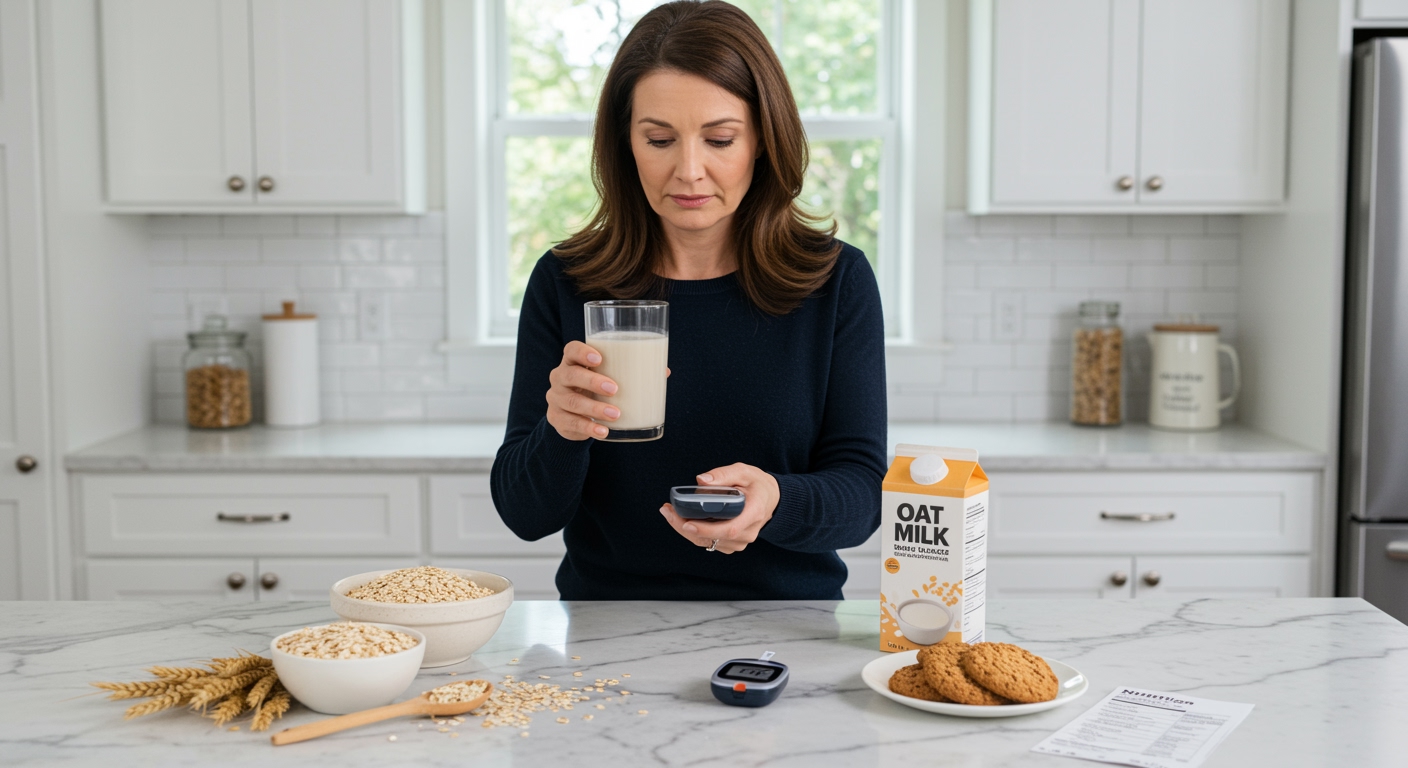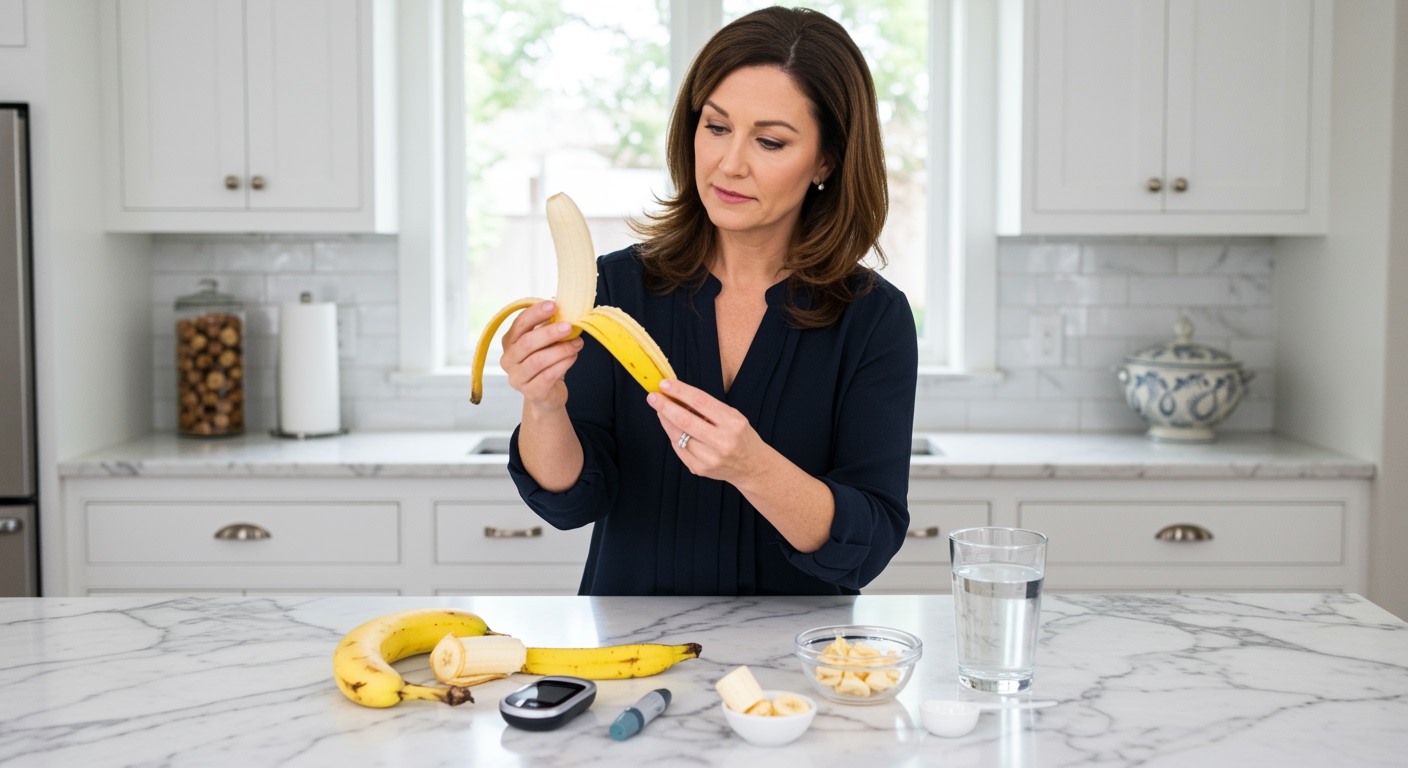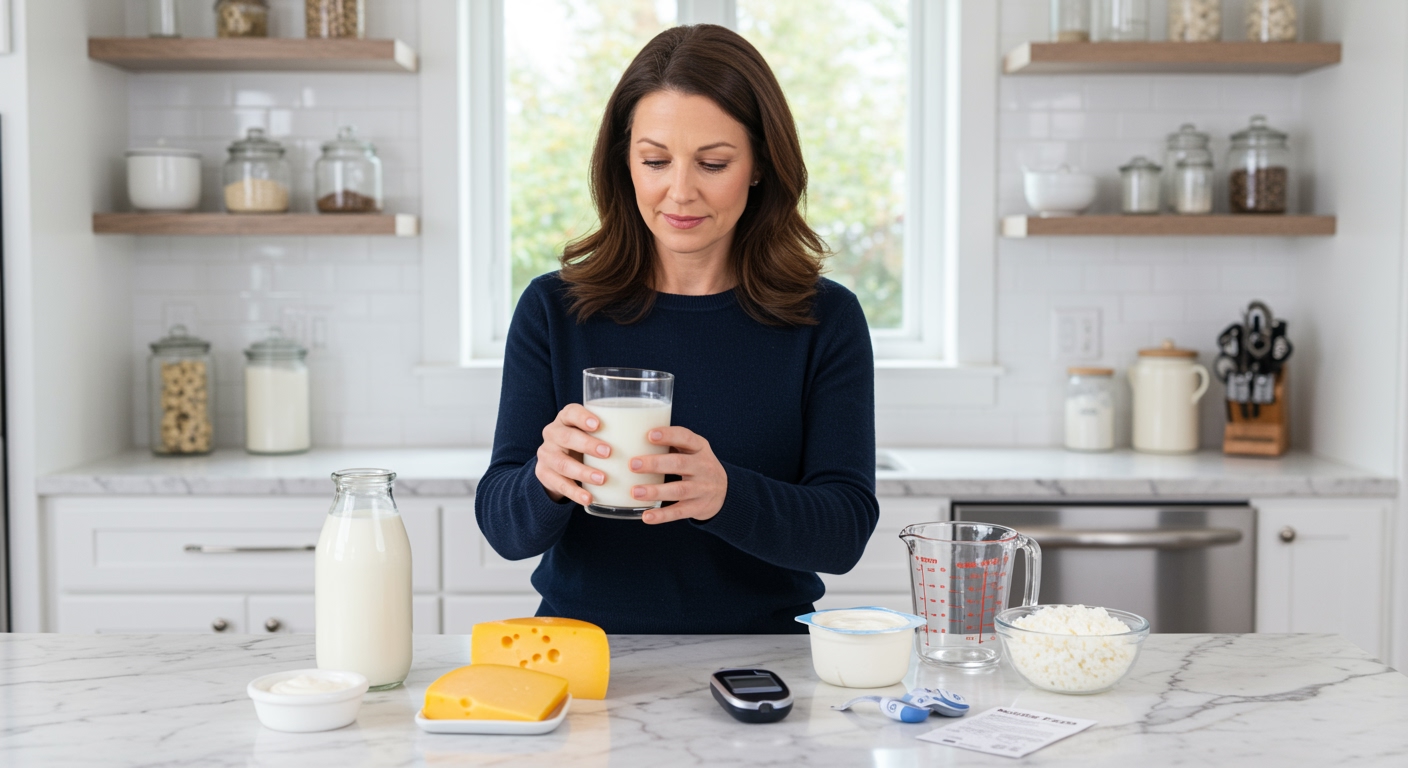✪ Key Takeaway: Tilapia is excellent for diabetes with zero carbs, high protein, and minimal impact on blood sugar levels.
Introduction
You walk down the fish aisle wondering if that affordable tilapia will spike your blood sugar like your last meal did.
Many people with diabetes feel confused about fish choices because they worry about hidden carbs or processing methods that might affect their glucose levels.
Hi, I’m Abdur, your nutrition coach and today I’m going to explain exactly how tilapia affects your blood sugar and why it might be one of your best protein choices for diabetes management.
Does Tilapia Raise Blood Sugar Levels?
Tilapia contains zero carbohydrates, which means it cannot directly raise your blood sugar levels.
When you eat tilapia, your body breaks down the protein into amino acids through a process called protein digestion.
These amino acids can potentially convert to glucose through gluconeogenesis, but this process happens very slowly and minimally compared to eating actual carbohydrates.
Research shows that protein foods like tilapia have a glycemic index of zero, meaning they produce no immediate blood sugar response.
The protein in tilapia actually helps stabilize blood sugar by slowing down the absorption of any carbohydrates you eat with it.
This makes tilapia an excellent choice for people who need to maintain steady glucose levels throughout the day.
✪ Pro Tip: Pair tilapia with non-starchy vegetables to create the perfect blood sugar-friendly meal combination.
What Makes Tilapia Special For Diabetes?
Tilapia provides approximately 26 grams of protein per 100-gram serving with only 128 calories.
This high protein content triggers the release of incretin hormones like GLP-1, which help your body produce insulin more effectively when needed.
The lean nature of tilapia means it contains minimal saturated fat, which is important because people with diabetes have higher risks of heart disease.
Tilapia also contains selenium, a mineral that supports antioxidant function and may help reduce inflammation associated with diabetes complications.
The mild flavor of tilapia makes it versatile for different cooking methods, allowing you to prepare it without adding high-carb sauces or breading that could affect blood sugar.
Unlike processed meats that contain added sugars or preservatives, fresh tilapia gives you pure protein without hidden ingredients that might impact glucose control.
✪ Fact: Tilapia contains all nine essential amino acids your body needs for optimal protein synthesis and muscle maintenance.
How Should You Prepare Tilapia For Diabetes?
The cooking method you choose can make or break the diabetes-friendly benefits of tilapia.
Baking, grilling, or steaming tilapia preserves its natural protein content without adding unnecessary fats or carbohydrates.
Avoid breading or battering tilapia because these coatings add refined carbohydrates that will spike your blood sugar rapidly.
Season your tilapia with herbs, spices, lemon juice, or small amounts of healthy fats like olive oil to enhance flavor without compromising blood sugar control.
Pan-frying tilapia in excessive oil can add unnecessary calories and may create advanced glycation end products (AGEs) that contribute to diabetic complications.
Portion control remains important even with diabetes-friendly foods like tilapia, so aim for a palm-sized serving of about 4-6 ounces per meal.
✪ Note: Marinating tilapia in acidic ingredients like vinegar or citrus can help improve insulin sensitivity when consumed regularly.
Are There Any Concerns With Tilapia For Diabetes?
Some tilapia comes from farm-raised sources that may have different nutritional profiles compared to wild-caught fish.
Farm-raised tilapia typically contains higher levels of omega-6 fatty acids and lower levels of beneficial omega-3 fatty acids.
This imbalanced fatty acid ratio could potentially contribute to chronic inflammation, which people with diabetes should minimize.
However, the protein benefits of tilapia still outweigh these concerns for most people with diabetes, especially when eaten as part of a balanced diet.
If you have concerns about farm-raised tilapia, look for wild-caught options or choose other lean fish like cod or haddock occasionally.
The mercury content in tilapia is generally low, making it safe for regular consumption even for people with diabetes who may have compromised kidney function.
✪ Pro Tip: Rotate tilapia with other lean proteins like chicken breast and turkey to ensure nutritional variety in your diabetes meal plan.
The Bottom Line
Tilapia is an excellent protein choice for people with diabetes because it contains zero carbohydrates and provides high-quality protein that helps stabilize blood sugar levels.
The best foods for diabetes are often the simplest ones that nature provides without human interference.
I would love to hear about your experience with tilapia or any questions you have about incorporating fish into your diabetes meal plan, so please share your thoughts in the comments below.
References
At NutritionCrown, we use quality and credible sources to ensure our content is accurate and trustworthy. Below are the sources referenced in creating this article:
- PubMed: Effects of fish consumption on glucose metabolism in healthy adults
- Glycemic Index Net: Fish Tilapia Cooked Dry Heat Glycemic Index
- FoodStruct: Tilapia Nutrition Facts
- MDPI: Marine Fish Proteins and Their Role in Human Health





